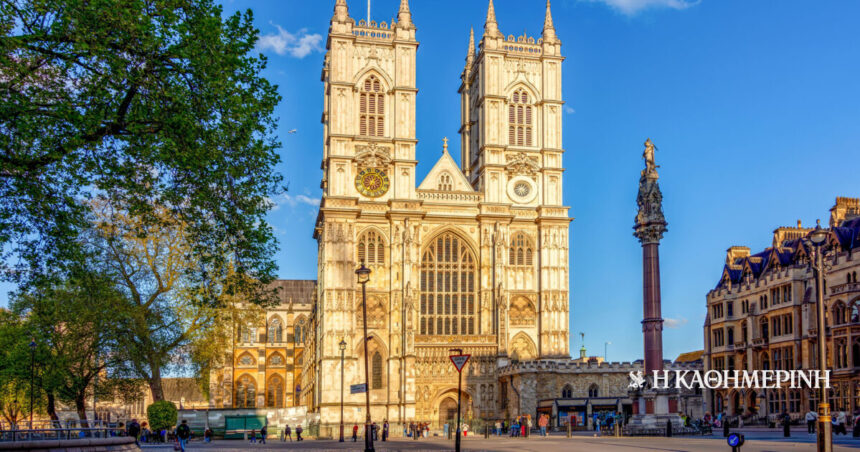The Westminster Abbey it is a work of great architecture and not only importance, which today is, among others, the burial place of kings, politicians, poets, scientists, soldiers and musicians. Its current form is the result of successive building phases, which evolved over many centuries.
In the 1040s, King Edward – later Saint Edward the Confessor – established his royal palace on the banks of the River Thames in the area known as Thorney Island. Nearby was a small Benedictine monastery, founded around 960. This particular monastery received donations from the king, who wished to expand it. The result of these donations was the construction of a large church in honor of the Apostle Peter.
St. Peter’s Church became known as “west minster” (west aisle), to distinguish it from St. Paul’s Cathedral in the city of Londonwhich was called “east minster” (east aisle). This new church was inaugurated on 28 December 1065. Edward, however, was unable to attend the inauguration due to serious illness. He died, in fact, a few days later.
The only surviving traces of the monastery that functioned during Edward’s reign are in the Pyx Hall. Among the most important ceremonies that took place in the Abbey during this period, stand out the coronation of William the Conqueror on Christmas Day 1066 and the transfer of King Edward’s remains to a new tomb, a few years after his canonization in 1161.
In the middle of the 13th century, King Henry III decided to rebuild it based on the new Gothic style of architecture that was dominant at the time.
Edward’s Abbey “survived” for two centuries, until about the middle of the 13th century, when King Henry III decided to rebuild it based on the new Gothic style of architecture then dominant. By Royal Decree, Westminster Abbey designed to be not only a great monastery and place of worship, but also a place for the coronation and burial of monarchs. Every British monarch since William the Conqueror (or William I of England) has been crowned in the Abbey, with the exception of Edward V and Edward VIII, who abdicated.
In addition, during the reign of Henry III the relics of Saint Edward were transferred to the High Altar.
In addition to the total of 3,300 burials found in both the church and the cloisters of the complex, the Abbey also contains the most important collection of monumental sculptures in the entire Great Britain.
Also noteworthy is the fact that the Unknown Soldier is placed near the western door of the Abbey. It is a point where heads of state who make an official visit to London make sure to visit to lay a wreath.
Column editor: Myrto Katsigera, Vassilis Minakakis, Antigoni-Despina Poimenidou, Athanasios Syroplakis




